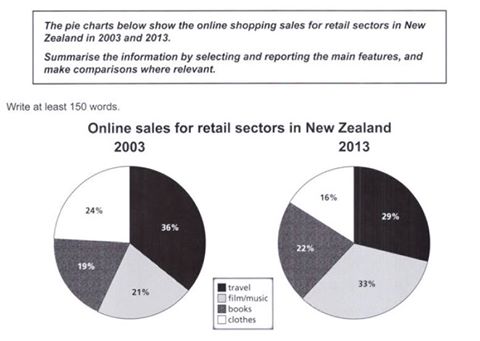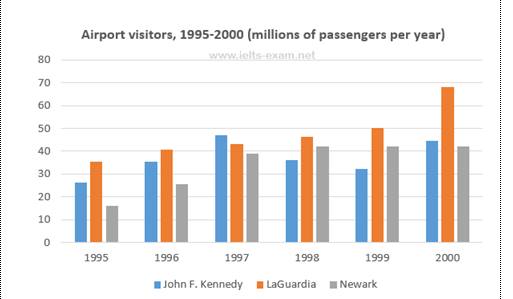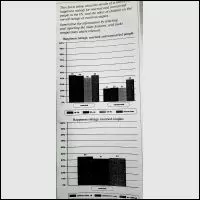aflah15
Feb 21, 2016
Writing Feedback / IELTS TASK 2: Color is Not The Predominant Aspect in Determining Buyers' Decision [2]
Color is a powerful tool that is used to great effect by manufactures and retail companies when they try to sell us something. In fact, many of the purchasing decisions we make are partly or largely influenced by color. How true is this statement? How much does color influence us when we buy something?
It is generally argued that color has a significant influence in several companies' determination when products are offered to customers. The majority of buyers today tend to purchase sorts of commodities based on their colors. Although it is true for some extents, I would argue that there are several aspects such as the excellence and the cost that have a stronger effect on stuffs which are purchased.
Encouraging consumers to choose the best commodities which are provided in the markets based on their color is inevitable for many companies. Since different colors present various conditions of products, especially food, people tend to decide buying diet in certain colors. For example, a red chili is often purchased by the housewife than green ones as the red color indicate the rope of vegetable. In reverse, there are several indicators which play more essential role in determining the costumers' decision when buying products.
The quality and the price are the main factors that affect noticeably people decision. It is because some people require high living standards, particularly in their dishes as the prime need. They also are keen on a lower price product as they can save their money to another necessity. An Empirical Study of Perceived Factors Affecting Customer Satisfaction in China in 2015 proved that price and quality are the predominant factor influencing shoppers' attitudes towards offered commodities.
In conclusion, even though colors tend to impress people's attention as they provide a specific meaning of commodities, the degree of excellence of products and the economic aspects are often to be a consideration for majority of people when they purchase sorts of goods.
Color is a powerful tool that is used to great effect by manufactures and retail companies when they try to sell us something. In fact, many of the purchasing decisions we make are partly or largely influenced by color. How true is this statement? How much does color influence us when we buy something?
It is generally argued that color has a significant influence in several companies' determination when products are offered to customers. The majority of buyers today tend to purchase sorts of commodities based on their colors. Although it is true for some extents, I would argue that there are several aspects such as the excellence and the cost that have a stronger effect on stuffs which are purchased.
Encouraging consumers to choose the best commodities which are provided in the markets based on their color is inevitable for many companies. Since different colors present various conditions of products, especially food, people tend to decide buying diet in certain colors. For example, a red chili is often purchased by the housewife than green ones as the red color indicate the rope of vegetable. In reverse, there are several indicators which play more essential role in determining the costumers' decision when buying products.
The quality and the price are the main factors that affect noticeably people decision. It is because some people require high living standards, particularly in their dishes as the prime need. They also are keen on a lower price product as they can save their money to another necessity. An Empirical Study of Perceived Factors Affecting Customer Satisfaction in China in 2015 proved that price and quality are the predominant factor influencing shoppers' attitudes towards offered commodities.
In conclusion, even though colors tend to impress people's attention as they provide a specific meaning of commodities, the degree of excellence of products and the economic aspects are often to be a consideration for majority of people when they purchase sorts of goods.







